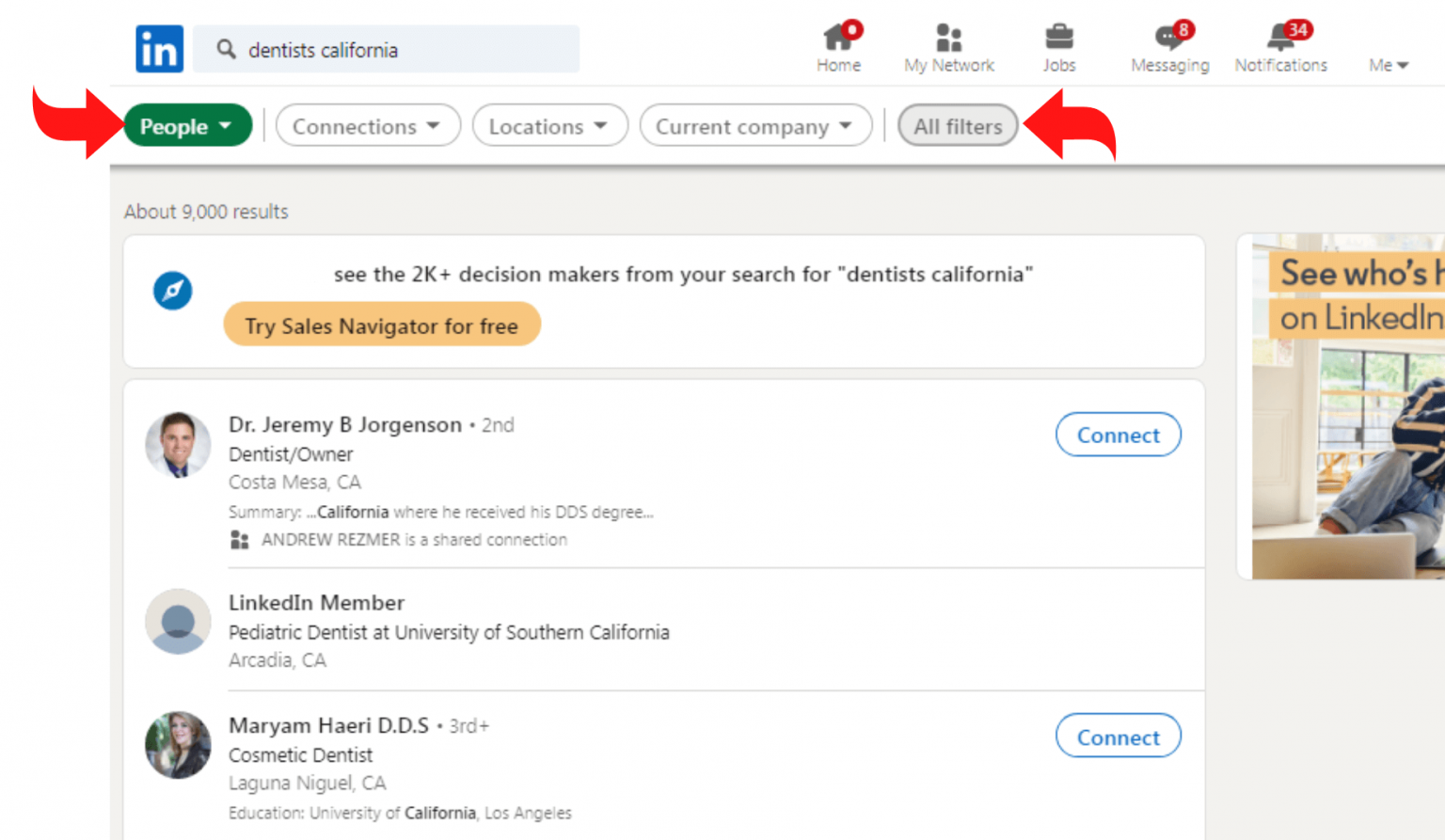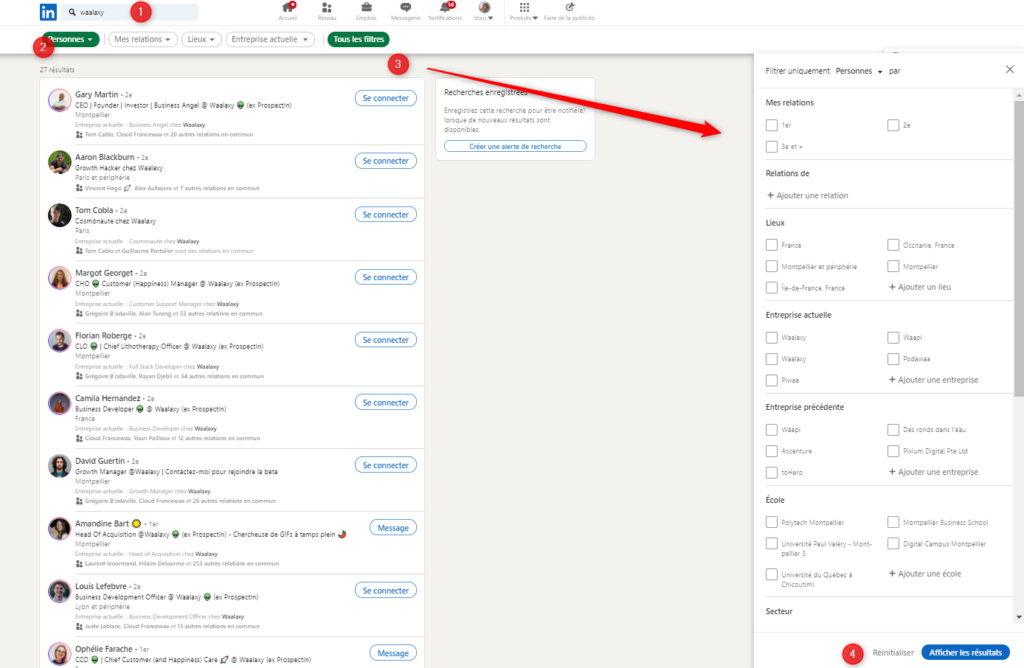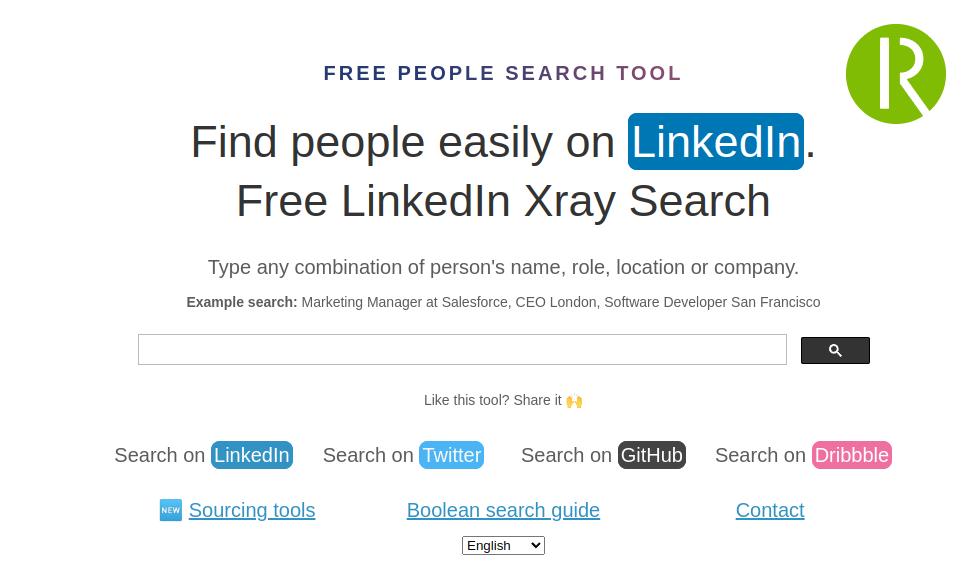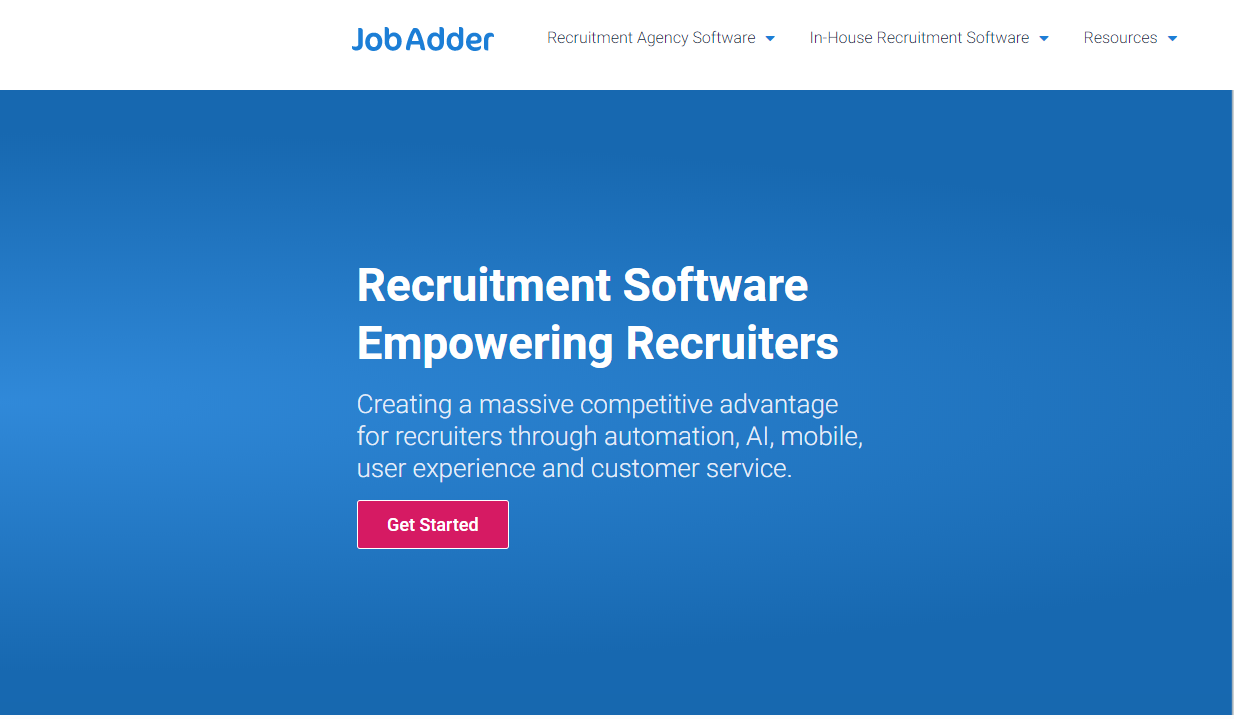
Keyword: These could be any specific keyword required by client.Industry: It can be “Food” or “Beverage” or “Food & Beverages” or “Food Production”, or any other relevant industry from LinkedIn’s industry list.

“Food Scientist” “Food Technologist” “R&D Manager”) Job Title: You can put as many alternate job titles you want (ex.site:OR site:For Canada, the LinkedIn URL will be site:ca./in/ OR site:ca./pub/ Note we are targeting both the URLs (default and customized) of LinkedIn here using the OR operator. Site: We are using the site: operator of Google to screen LinkedIn.Anatomy of Google Search String Here is a Google search string template site:OR site:"Job Title1" "Job Title2" "Industry" "Location" "Keyword1" "Keyword2“ -intitle:"profiles" -inurl:"dir/" Let’s understand the above string.Now that we know which two URLs we are targeting let’s go over the anatomy of a Google search string.Hence, the default URL will be followed by default string, whereas the personalised URL will be followed by the user defined name.Observation: Personalised URLs have the keyword ‘in’ in the middle while non-personalised URLs have the keyword ‘pub’ in the middle.The personalised URL looks polished than the default one and something that people can easily remember. Also, it has no numbers after the name and it allowed me to give a name of my choice - maleks. LinkedIn allows you to customize/ personalise your profile’s default URL as shown below Note: The above URL has the keyword ‘in’ before the name now and not ‘pub’. Anatomy of LinkedIn’s URL Customized/ Personalised URL:.When you create your LinkedIn profile, LinkedIn allocates a default URL something like the one shown below Note: The above URL has the keyword ‘pub’ before the name and some numbers after the name. There are two types of URLs that are allocated by LinkedIn



X-ray search is targeting a site (like Linkedin) with a search engine (like google/bing/yahoo) using the ‘site:’ search operator.


 0 kommentar(er)
0 kommentar(er)
